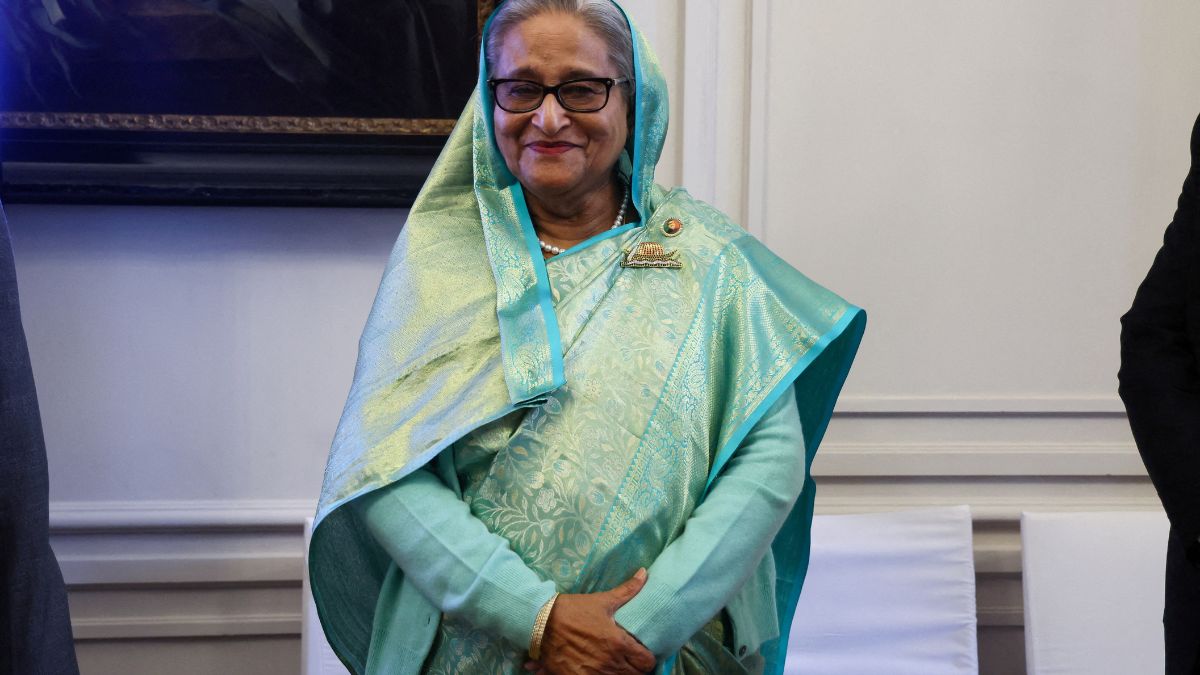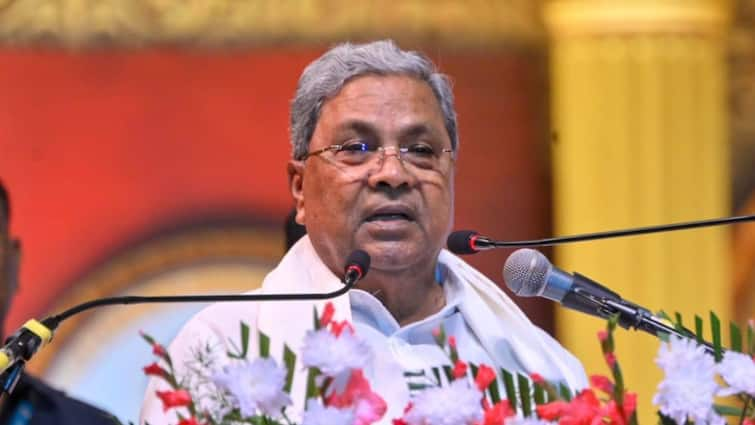Toppled and exiled former Bangladesh Prime Minister Sheikh Hasina is making political waves back home with her much-talked about succession moves. Reports say that Hasina, who has been heading the Awami League since 1981, is now positioning her children — Sajeeb Wazed and Saima Wazed — for key roles in the party’s future leadership.
A BBC Bangla report said her decision is modelled after India’s grand old party, the Congress, leadership pattern. The report said Hasina is following the “Rahul-Priyanka model” in the Awami League, presenting son Sajeeb and daughter Saima in the next-gen leadership roles.
How Hasina ’s long reign and the succession question
Since taking charge of the Awami League in 1981, Sheikh Hasina has been the dominant figure in Bangladesh’s political scene. Yet, despite her 44-year leadership, she has long avoided public discussion about succession. That ambiguity contributed to confusion within the party after her ouster from power on 5 August 2024, when mass protests led to her departure and the interim government banned the party’s activities.
Currently residing in India under restricted conditions, Hasina faces the urgent task of clarifying the party’s leadership future — not least because she is turning 78 this year. According to multiple party sources, her solution is to formally induct her son Sajeeb and daughter Saima into top roles, ensuring the family’s influence continues even in her absence, the BBC Bangla reported.
Rahul–Priyanka model in Hasina’s party?
The strategy bears striking similarities to the leadership approach of India’s Congress party. As Sonia Gandhi steps back due to age and health, Rahul has become the party’s principal face, leading rallies, campaigns and press briefings, while Priyanka plays a critical supportive role without overshadowing her brother. This “dual leadership” model — one sibling as the primary figure and the other as a trusted lieutenant — is widely seen as the template Hasina now wants to replicate.
This is no coincidence. Hasina’s relationship with the Gandhi family predates her recent decade-long diplomatic rapport with Prime Minister Narendra Modi. She has closely followed Rahul’s political evolution, even seeking meetings with him during key moments like the Bharat Jodo Yatra. This long-standing admiration has reportedly influenced her thinking on how to structure leadership transition within the Awami League.
Sajeeb Wazed: Public face of a new generation
Sajeeb, Hasina’s son and a US citizen, has long been involved in the party as a technology adviser. But in the post-Hasina era, his profile is rising rapidly. He is now the Awami League’s de facto spokesperson, frequently speaking to domestic and international media and leading narrative-building efforts abroad. Based in Virginia, Sajeeb also heads a team focussed on shaping the party’s message for foreign audiences and diaspora communities.
His increased visibility mirrors Rahul’s rise in the Congress party — from a behind-the-scenes presence to the main driver of political messaging and mobilisation.
Saima Wazed: From WHO to party strategy
Saima’s entry into active party politics has been more sudden and circumstantial. Until recently, she served as Regional Director for South-East Asia at the World Health Organisation (WHO), but was placed on indefinite leave in July this year amid allegations of corruption and growing tensions with the Bangladeshi government.
Now based in Delhi near her mother, Saima plays a hands-on role in managing party affairs. She drafts Hasina’s online addresses, coordinates meetings and manages her schedule. Her proximity and active involvement echo Priyanka’s role in Congress — deeply engaged yet positioned just behind the primary leader.
A divided party and shifting power centres
The Awami League’s leadership structure is evolving rapidly. With Hasina in India, Sajeeb in the United States, and Saima coordinating from Delhi, the party now operates through a “triangular leadership” system. Meanwhile, traditional figures like Obaidul Quader, the party’s general secretary, have been sidelined.
Hasina now relies heavily on a close circle of loyalists — including Asaduzzaman Khan Kamal, AFM Bahauddin Nasim and Jahangir Kabir Nanak — to coordinate political operations from Kolkata, BBC Bangla reported. Saima maintains regular contact with them, while Sajeeb oversees the party’s international messaging campaign.
Continuity amid crisis?
The Awami League, a 76-year-old party central to Bangladesh’s independence and governance, is fighting for relevance amid its most serious political crisis in decades. The current restructuring suggests that, despite setbacks, the party intends to preserve its identity around the “first family.”
This approach reflects a pragmatic understanding of Bangladesh’s political culture. Just as the Congress remains anchored by the Gandhi family despite electoral decline, the Awami League may see continuity in leadership lineage as its best chance for revival.
A familiar path forward?
The parallels between Sheikh Hasina’s succession plan and the Gandhi family’s leadership model are difficult to ignore. Both involve a gradual handover to the next generation, strategic division of roles between siblings and the use of family legacy to maintain party unity during turbulent times.
Whether this strategy will succeed in revitalising the Awami League remains uncertain. Yet, one thing is clear that Bangladesh’s most storied political party is betting on its dynastic roots to deal with an uncertain future — a choice deeply rooted in South Asia’s enduring tradition of political family dominance.
End of Article

)

